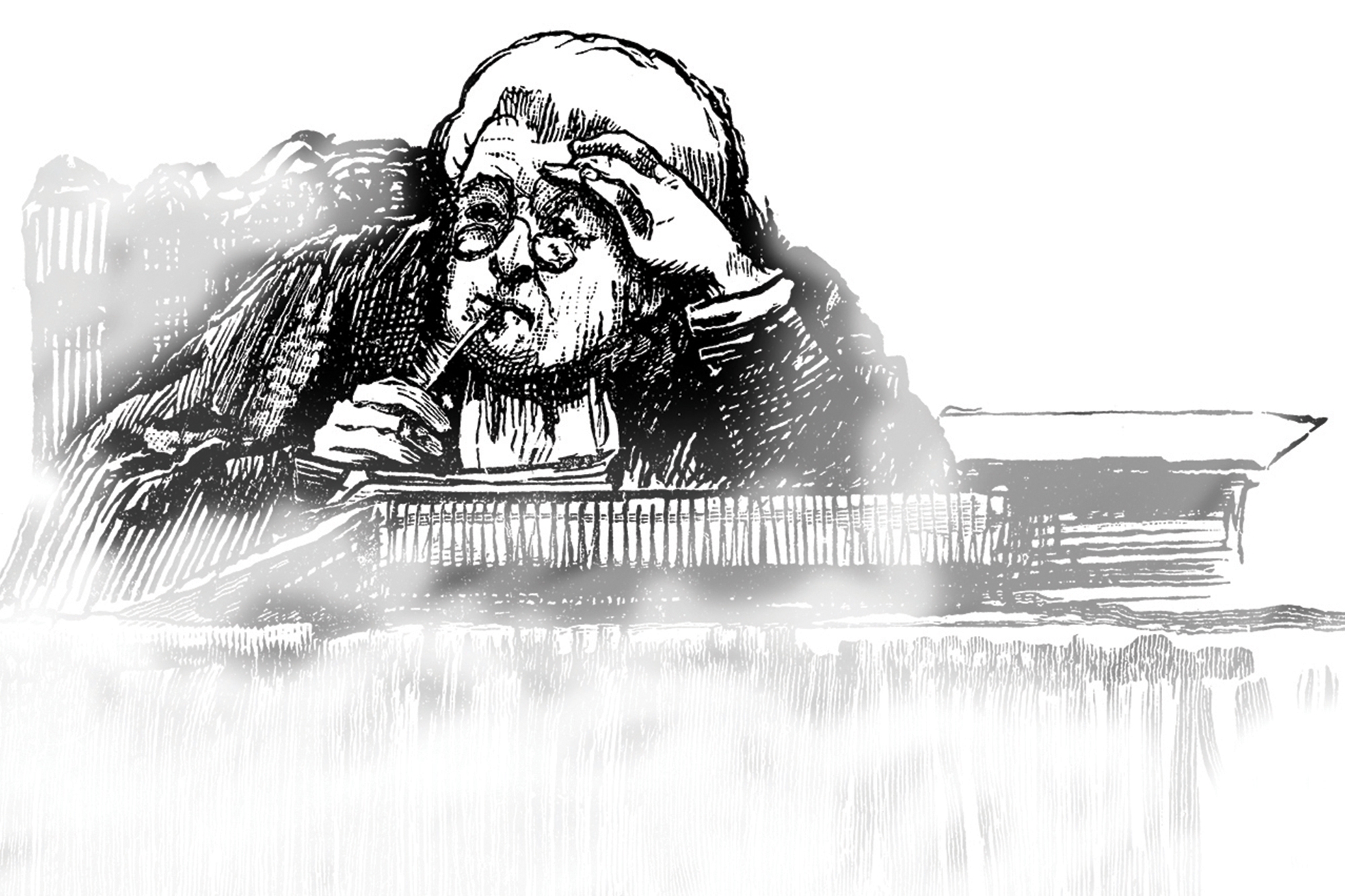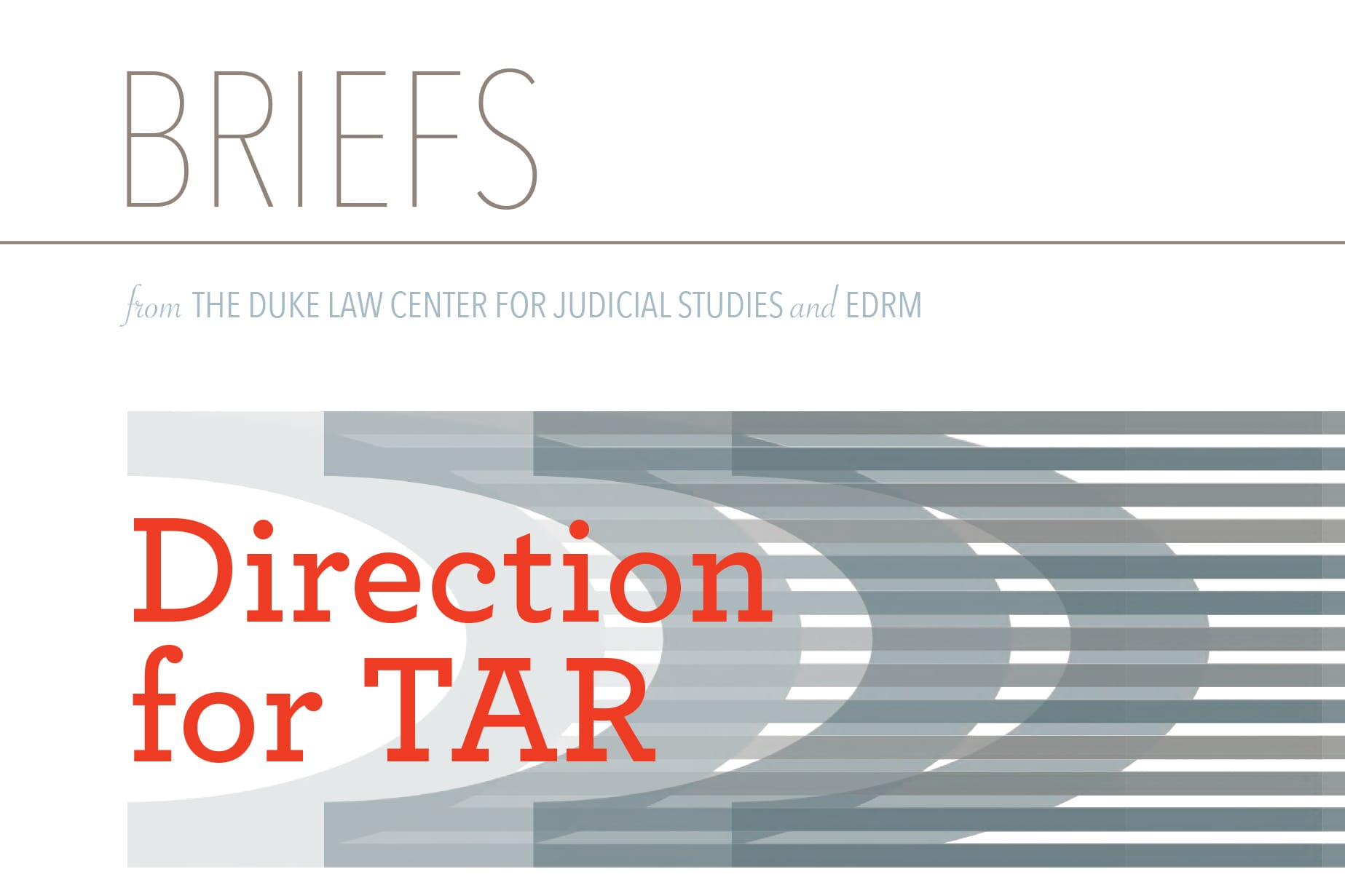 State Courts
State Courts
2019 marks the fourth consecutive year of unusually high interest among the states in shifting from partisan to nonpartisan, or from nonpartisan to partisan, judicial elections. It began in 2015, […]
 Court Administration, State Courts
Court Administration, State Courts
In 1967, Maine voters amended the state constitution to authorize the elimination of the state’s county-controlled, county-operated, county-funded Probate Courts.[1] In 2019, the Maine legislature debated a “concept draft” enabling […]
 Technology, State Courts, Federal Courts
Technology, State Courts, Federal Courts
by William Raftery and Deborah W. Smith
Vol. 102 No. 3 (2018) | Crowdsourcing and Data AnalyticsA resolution adopted by the Conference of Chief Justices and Conference of State Court Administrators in August 2018 (Resolution 7) encourages courts to carefully review and assess their policies for […]
 Technology
Technology
by Rhys Dipshan
Vol. 101 No. 4 (2017) | Equal opportunity?EDRM, the organization that devised the widely used Electronic Discovery Reference Model, has strived to keep e-discovery practitioners up to date on the ever-evolving digital landscape. Its guidance and standards, […]
 Technology
Technology
An organization that develops models and standards for electronic discovery has set its sights on developing guidance on technology assisted review (TAR) – a process that involves using machine learning […]
 Technology
Technology
On July 20, 1999, Congress enacted the “Y2K Act” (Pub. L. No. 106-37) to limit potential litigation caused by computer date-change problems brought on by the year 2000. Many feared […]
 Judging, State Courts
Judging, State Courts
As hurricanes threatened the southern parts of the United States this summer and fall, state courts were confronted with the challenge of not just maintaining operations but also determining when […]
 Law & Culture
Law & Culture
Results of a recent empirical study dealing with plaintiff steering and other MDL committees paint a lopsided picture of white male-dominated judicial appointments. Findings from 2011 to 2016 show a […]
 Court Administration, State Courts
Court Administration, State Courts
by Cynthia Gray
Vol. 101 No. 2 (2017) | Can science save justice?In the roundtable discussion “Money or Justice? How Fees and Fines Have Contributed to Deep Distrust of the Courts — And What Chief Judges Are Doing About It” (from the […]